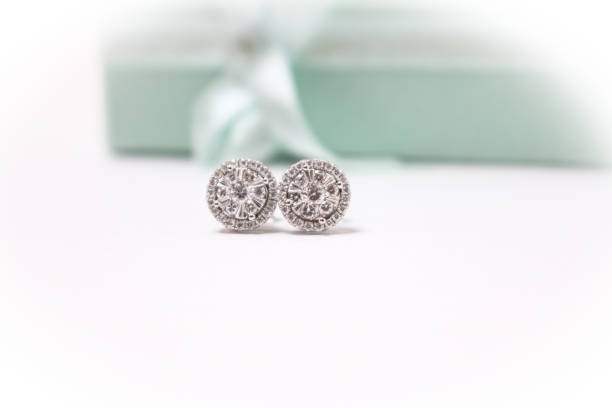Watermelon Tourmaline: What to Love About This Gemstone All Entries

Few gemstones are so aptly named as the watermelon tourmaline. This unique type of gemstone has an appearance that near identically mimics the rich green rind, pink inner flesh, and bright fuchsia center of the watermelon fruit. In fact, watermelon tourmaline looks so much like a slice of that summer fruit that many think it must be manmade, but this is an all-natural multi-color gemstone that is a part of the larger tourmaline family.
The Basics of Watermelon Tourmalines
Watermelon tourmalines, as with other gemstones within the tourmaline family, are mixed crystals that are comprised primarily of aluminum boron silicate as well as consisting in smaller part of elements like manganese, iron, lithium, sodium, and/or potassium. Tourmaline gemstones as a whole were first mined in the 16th century and those early finds were initially confused with emeralds due to their sharp green color. Today, tourmalines can be found throughout the world but watermelon tourmaline is primarily found in Brazil, the United States, Madagascar, Afghanistan, and Nigeria. If you prioritize buying American, then you'll appreciate that a large pocket of some of the world's finest watermelon tourmalines are mined in Maine's Plumbago Gem Pit and have been sourced from there since the early 1970s.
The unique bi-colors and multi-color zoning seen in watermelon tourmaline occurs as those aforementioned trace elements change in composition as the crystal grows. For watermelon tourmalines, this means that as pink and green elbaite crystals start to form and merge together, they get exposed to minerals like lithium and magnesium which then cause that shifting color palette from a bright fuchsia center to the outer green rind. These crystals are a variety of quartz with a Moh's scale hardness of 7 to 7.5.
The Popularity of Watermelon Tourmaline Jewelry
Because of its resemblance to the very summer-friendly watermelon fruit and because of its bright green and pink colors, this gemstone tends to be most seen and worn during late spring and early summer. Jewelry designers will often bezel set slabs of the gemstone, which is to say they will have a strip of metal running along the border of the gemstone. The metals most often paired with this multi-shade gemstone are 14k and 18k gold. Most jewelry will contain watermelon tourmaline gemstones that weigh 3 carats or less. Any piece with watermelon tourmaline boasting a carat weight of 4 carats or more is considered rare and highly valuable.
With less vibrant variations of this gemstone, sterling silver is also a popular choice. While the green rind and fuchsia center is the most commonly found and used version of this gemstone, buyers and sellers may also find themselves with a reverse version of this pattern -- a bright fuchsia rind and deep green center.
We're Here to Buy Your Tourmaline Jewelry
Our team at Ralph Mueller and Associates is here to buy and help you sell your unique and beautiful tourmaline jewelry. Contact us today at 480-949-9299 to learn more about our experienced team and how you can start the process of getting your unique pieces appraised and sold.